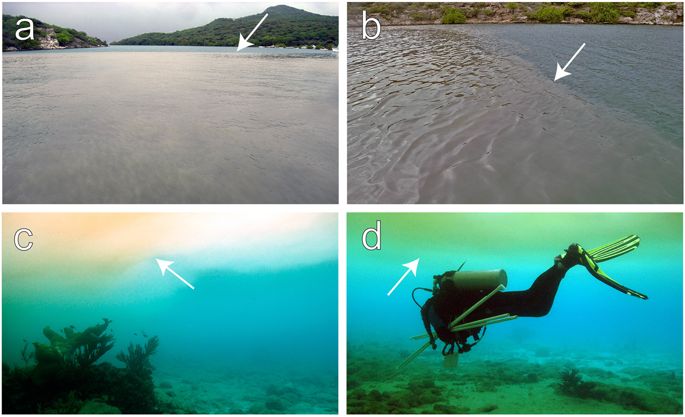sixty_reefer
5000 Club Member
View BadgesArticle Contributor
UK Reef Club Member
Hospitality Award
R2R Research
Yes - a brick has a Redfield ratio as well - but - no one calculates it.... The Redfield ratio is N to P of 16:1. This says nothing about the amounts of N and P - i.e. the Ratio of N to P in a tank with N 0.00016 and P 0.00001 is the same as the tank with the N being 160 and the P being 1. What is the benefit?
I tough we were going to have a constructive discussion? The ratio 16:1 says for each 1 part of phosphorus being used 16 parts of nitrogen are also used. Hence the question what’s the brick consuming? Isn’t there a reason no one bothered to calculate it [emoji57]



















